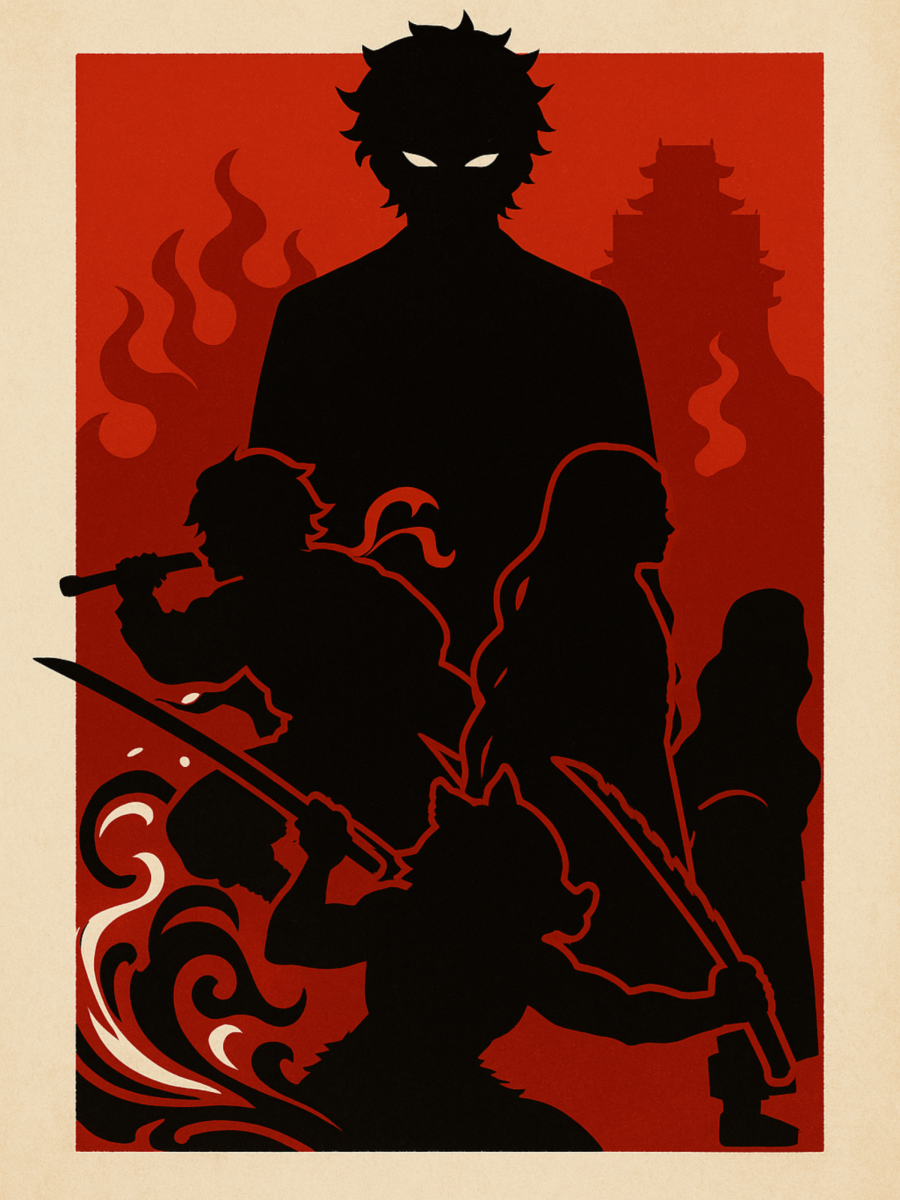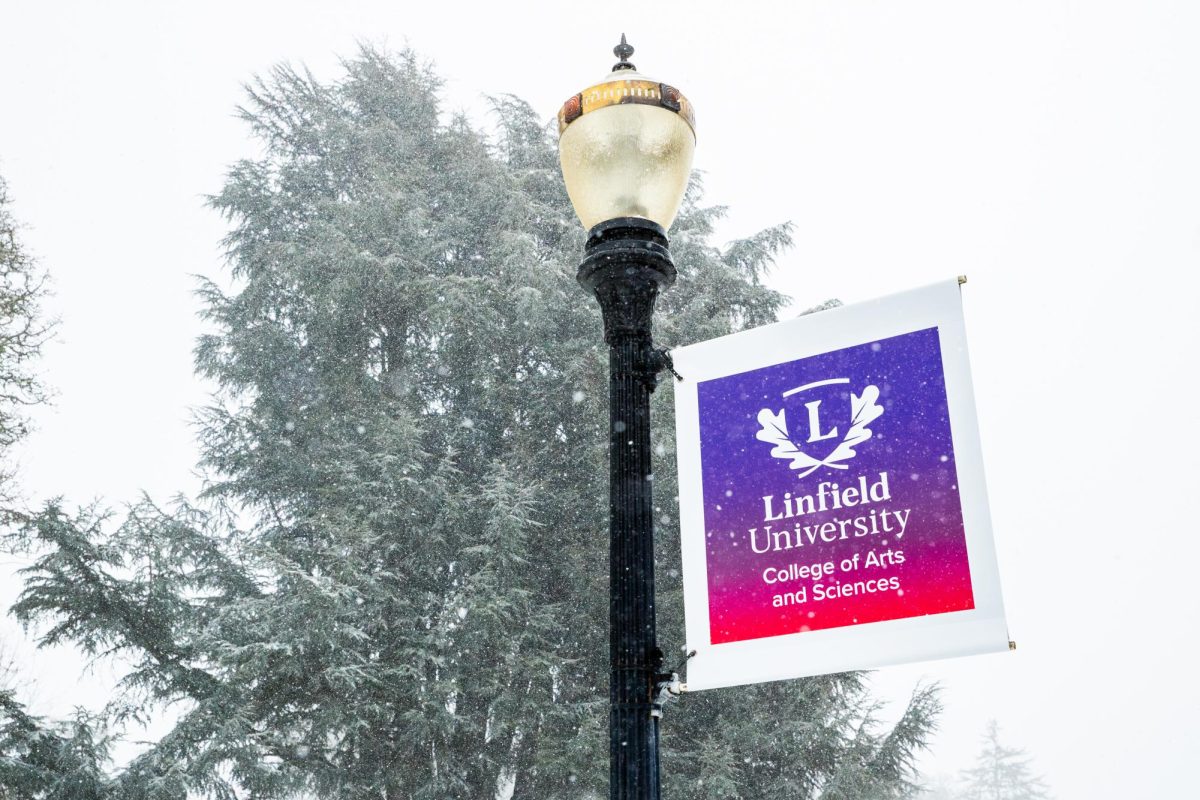Paige Jurgensen / Columnist
Love is one of those things that no one will ever really understand until they experience it, and even then there are many different types of love: parental, friendship, romantic, etc. Love, just like any other emotion, can grow or fade or change the type of love it once was. Craig Thompson’s graphic novel, “Habibi,” explores several types of love.
The graphic novel is stories from the “Quran” mixed in with the main narration about the heroine of the novel, Dodola, a young woman living in an Islamic culture. Dodola’s story begins with her being married off, as a young child, to an older merchant and with him, experiences her first sexual assault.
Eventually, however, she is taken in order to be sold into, presumably, sex slavery. Dodola manages to escape her captures and take along with her additional commodity: a baby boy that she names Zam. Together, they venture into the desert and live in hiding.
Dodola learns pretty early on that she has something worth trading for necessary goods: herself. Even though Dodola is barely a teenager, she begins using her body to seduce and rob traveling merchants. Dodola does these things all because she is trying her best to provide for Zam, and raise him like her own son.
As Zam grows older, he tries to take on more responsibility and begins selling water to nearby villages in the hopes that Dodola, whom he has begun to have sexual feelings about, will not have to trade herself anymore.
Unfortunately, while the duo is away from their trusty hiding spot, Dodola is taken to a sultan, who is determined to get his hands on the “Phantom courtesan of the desert.”
The entire novel is consistent with graphic sexual events and themes and although Thompson did not write the novel to degrade women, presumably, what he did was arguably just as bad. Dodola’s body, from the beginning of the novel to the end, is romanticized into something unfathomably special and perhaps even magical.
Vaginas are not magic and they cannot cure the sick or cause the sky to bring forth rain. Thompson did not portray his female characters as humans, but rather mystifies women’s bodies throughout his work.
In addition, Thompson also criminalized 99 percent of his male characters, with the heroic 1 percent mostly being eunuchs.
Despite Thompson’s fundamental misunderstanding of gender and sexuality, the novel has beautiful story between Dodola and Zam with the message that not all love is sexual and not all love is the same and that we as humans should just appreciate the pure beauty of healthy relationships.
Paige Jurgensen can be reached at [email protected]






